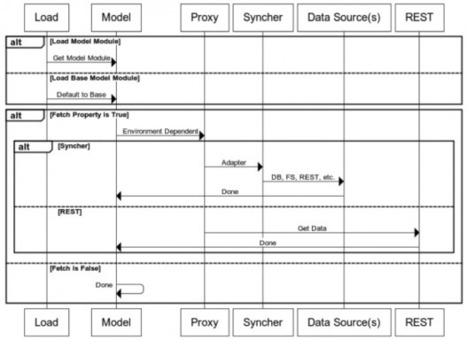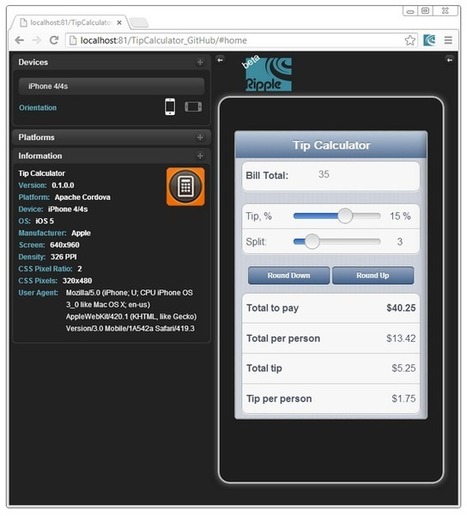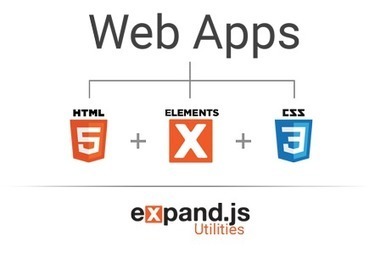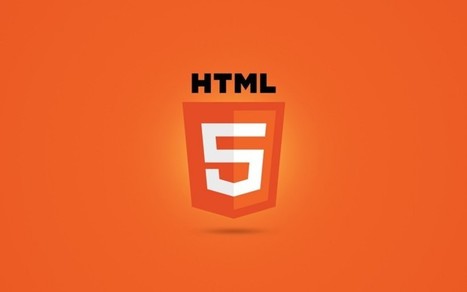In this tutorial, I'll look at the new JavaScript framework Famo.us, launched in October 2014. Famo.us includes an open-source 3D layout engine fully integrated with a 3D physics animation engine that can render to DOM, Canvas, or WebGL.
Via Mikael Bourges-Sevenier




 Your new post is loading...
Your new post is loading...




























